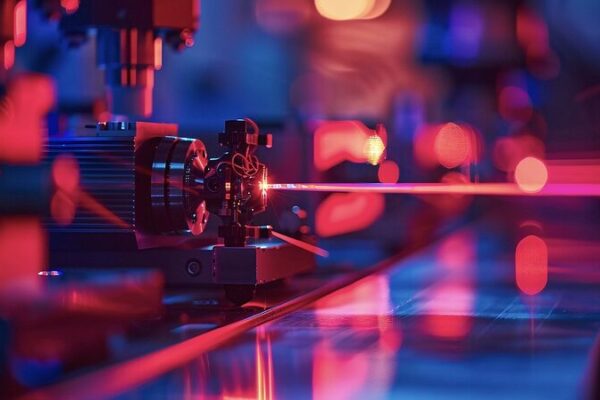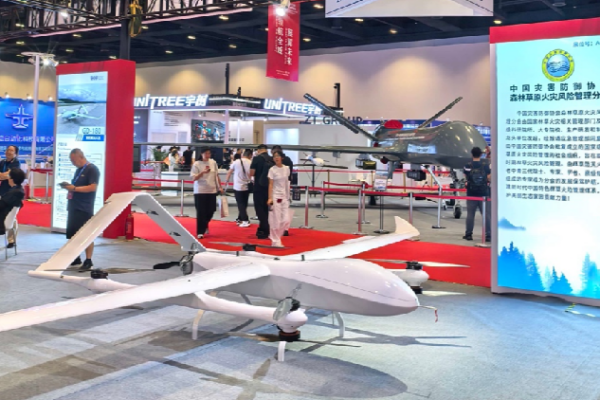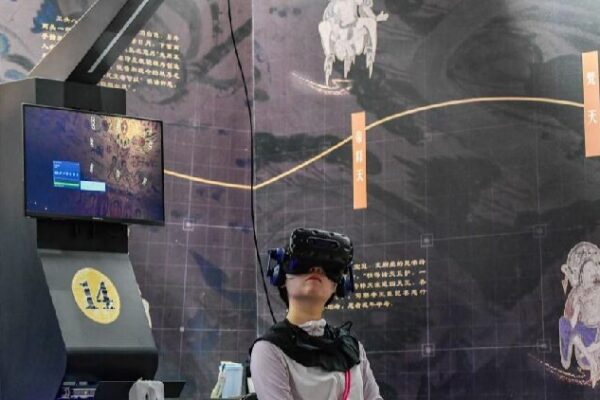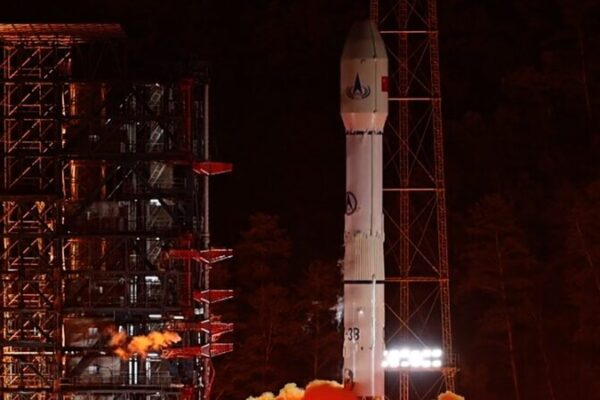In the historic city of Suzhou in eastern China, a technological revolution is underway. A local enthusiast is on a mission to preserve the city’s rich cultural heritage by harnessing the power of artificial intelligence (AI). Equipped with LiDAR scanners, drones, and high-resolution cameras, he captures thousands of images of ancient buildings and artifacts, transforming them into stunning digital replicas.
LiDAR, which stands for Light Detection and Ranging, uses laser pulses to measure distances and create precise, three-dimensional information about the shape of objects and environments. By combining this technology with aerial footage from drones and detailed photographs, he gathers comprehensive data on each historical site.
But the magic truly happens when AI enters the scene. Using advanced algorithms, the AI stitches together the multitude of images and scans to construct high-fidelity digital models. These virtual recreations are so detailed that viewers can explore intricate carvings and architectural nuances that might be missed in person.
“The goal is to make history accessible to everyone,” he explains. “By creating digital versions of these ancient treasures, we can share our cultural heritage with people around the world and preserve it for future generations.”
These digital reconstructions have far-reaching implications. They can be used for virtual tourism, allowing people to experience Suzhou’s historical wonders without leaving their homes. Educators can incorporate them into interactive lessons, bringing history classes to life. Additionally, preserving these sites digitally safeguards them against damage or loss due to natural disasters or aging.
As technology continues to evolve, initiatives like this highlight the incredible possibilities when tradition meets innovation. By blending advanced tech with a passion for history, this project not only preserves the past but also inspires the future.
Reference(s):
cgtn.com








